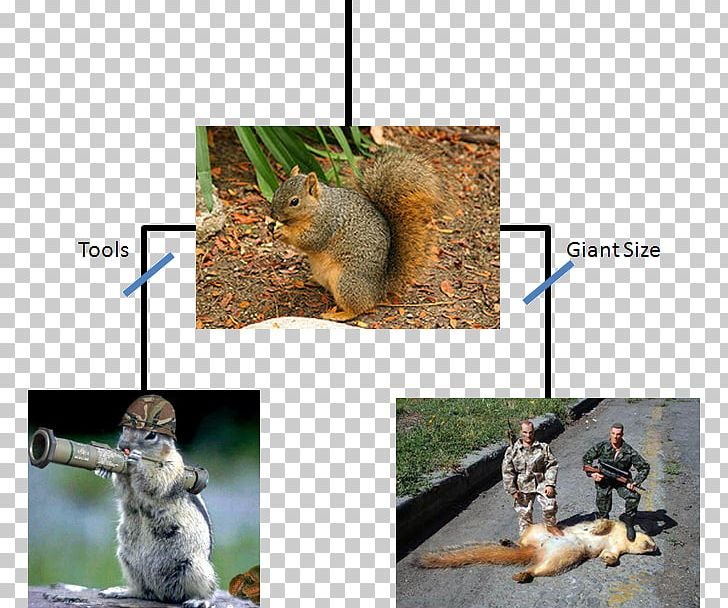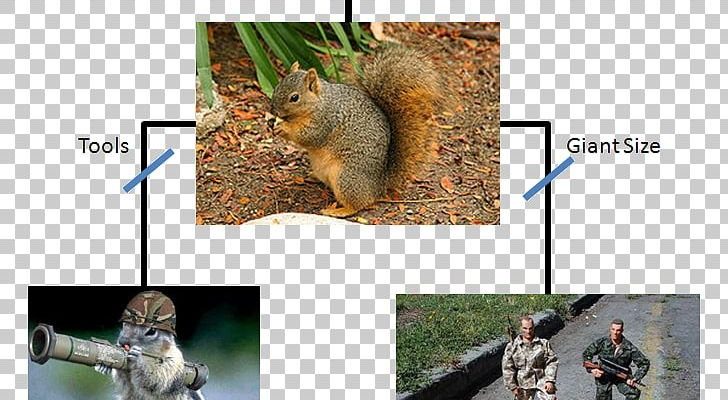
Let’s dive into the evolutionary history of tree squirrels. Imagine it as uncovering a treasure map, with each clue leading us to understand how these nimble creatures have evolved and adapted over time. From their ancestors to today’s diverse species, the story of tree squirrels is rich with twists and turns, survival challenges, and a dash of nature’s creativity. So grab your coffee, and let’s explore the world of tree squirrels together!
What Are Tree Squirrels?
Tree squirrels are rodents that belong to the family Sciuridae, and they’re known for their striking bushy tails and agile movements. Unlike their ground-dwelling cousins, tree squirrels primarily inhabit forests, parks, and backyards where they can find tall trees to live in. They have a keen ability to leap from branch to branch, which makes them excellent climbers.
You might be wondering what sets them apart from other squirrels. Well, tree squirrels usually have a more pronounced tail, which helps with balance and communication. They come in various species, including the gray, red, and fox squirrels, each with its own unique characteristics. Think of them as the acrobats of the animal kingdom, performing daring stunts as they navigate their leafy playgrounds.
These little guys are also known for their impressive memory when it comes to storing food. During the fall, they gather nuts and seeds, burying them in the ground or hiding them in tree crevices to have a food supply for the winter months. It’s like living in a well-stocked pantry—just imagine the thrill of finding your favorite snack when winter rolls in!
The Ancestors of Tree Squirrels
To understand the evolution of tree squirrels, we need to look back at their ancestors. The story begins with the early rodents that appeared around 56 million years ago. These small creatures were quite different from today’s squirrels and lived in various habitats around the globe. However, it wasn’t until about 35 million years ago that ancestors resembling modern squirrels started to evolve.
During this time, squirrels began to adapt to life in trees. Their physical features changed as they developed stronger hind limbs and more specialized claws for climbing. Imagine them transforming from clumsy ground-dwellers into agile tree climbers. Those adaptations helped them escape predators and access food sources that ground-dwelling animals couldn’t reach.
Furthermore, as climate and environmental conditions changed over millions of years, the lineage of tree squirrels diversified. Different species adapted to specific environments, leading to the wide variety of tree squirrels we see today. From the dense forests of the Pacific Northwest to the urban parks of New York City, tree squirrels have become skilled at thriving in various settings.
The Role of Tree Squirrels in Ecosystems
Tree squirrels play a crucial role in their ecosystems, particularly in forest management and regeneration. When these furry critters bury nuts and seeds, they often forget some of their stashes—resulting in new trees sprouting. This process can help diversify forests and maintain healthy habitats.
You might think of tree squirrels as nature’s little gardeners. Their activities not only promote plant growth but also create habitats for other wildlife. Many birds and small mammals rely on tree squirrels for food, while the squirrels themselves provide an essential connection between plants and animals in an ecosystem. In a way, they’re part of a beautifully intertwined web of life.
Moreover, tree squirrels are also prey for larger animals, such as hawks, owls, and foxes. This relationship plays a significant role in maintaining the balance of nature. Without squirrels, the food chain would be disrupted.
The Diversity of Tree Squirrel Species
There are over 280 species of squirrels, and tree squirrels represent a sizable portion of that number. The most common types include the eastern gray squirrel, red squirrel, and fox squirrel, each displaying varying behaviors and adaptations.
Eastern gray squirrels, for instance, are well-known for their resilience to urban environments. Their ability to adapt to city life—scavenging for food and nesting in parks—has helped them thrive. They’re often seen darting across roads, demonstrating just how daring they can be!
On the other hand, red squirrels usually prefer coniferous forests and are known for their distinctive reddish fur. The stories surrounding them depict their feisty and territorial nature. They’re known to defend their food sources aggressively, which makes them a bit of a character in the squirrel world.
Fox squirrels stand out with their larger size and unique coloration, often showing a mix of gray and rusty orange. They typically inhabit open woodlands and are quite sociable, often living in larger groups. Each species has developed unique characteristics and behaviors that help them adapt to their specific environments.
Challenges Facing Tree Squirrels Today
Despite their resilience, tree squirrels face several challenges today. Urbanization, climate change, and habitat loss threaten their survival. As cities expand, many natural habitats are destroyed, leaving squirrels with fewer places to live and find food.
Climate change is another major factor altering their environment. Warmer temperatures can affect food availability and lead to competing species pushing tree squirrels out of their habitats. Additionally, extreme weather events can devastate local ecosystems and impact their ability to thrive.
Conservation efforts are essential to ensuring the future of tree squirrels. Many wildlife organizations focus on protecting habitats and educating communities about the importance of these furry creatures. By conserving green spaces and planting native trees, we can help maintain healthy ecosystems for tree squirrels and other wildlife.
The Fascinating Future of Tree Squirrels
As we look to the future, tree squirrels continue to adapt to changing environments. With their remarkable ability to thrive in urban landscapes, they may well be a model of resilience in the face of challenges. Scientists are studying these adaptations closely to understand how they cope with changing climates and urban pressures.
New research into tree squirrel behavior is also shedding light on their intelligence and social structures. For instance, observations show that squirrels communicate with one another using various vocalizations and body language. Some studies even suggest they may have an understanding of social hierarchies.
Here’s the thing: as we adapt our world to become more sustainable, tree squirrels can teach us valuable lessons about living in harmony with nature. By fostering environments where they can flourish, we also create spaces that benefit countless other species.
In conclusion, the evolutionary history of tree squirrels is a captivating tale of adaptation, resilience, and the intricate balance of nature. From their ancient ancestors to their modern-day antics, these creatures continue to inspire curiosity and appreciation in all of us. By understanding their history and role in ecosystems, we can better protect these charming animals and ensure they thrive for generations to come.

